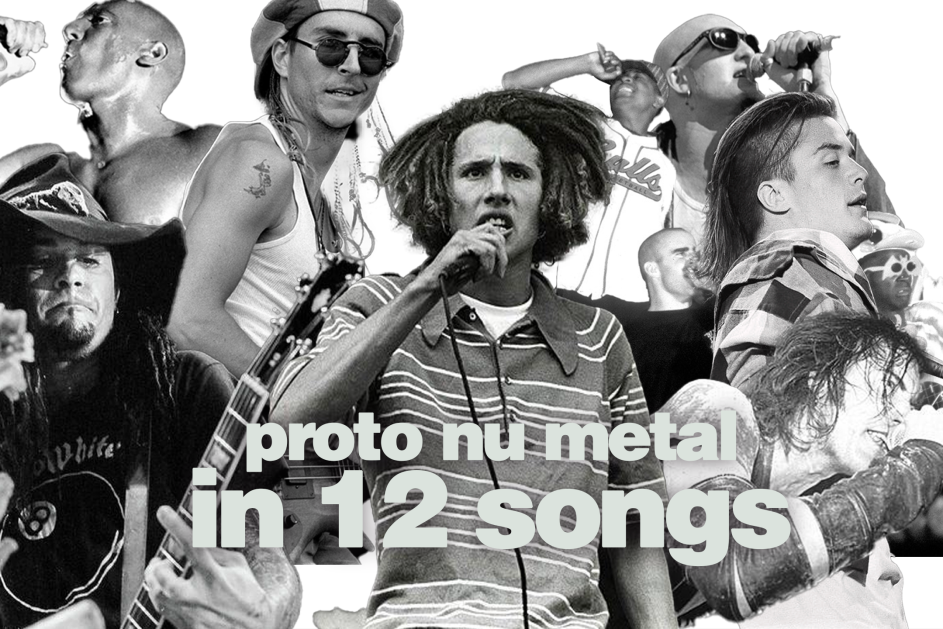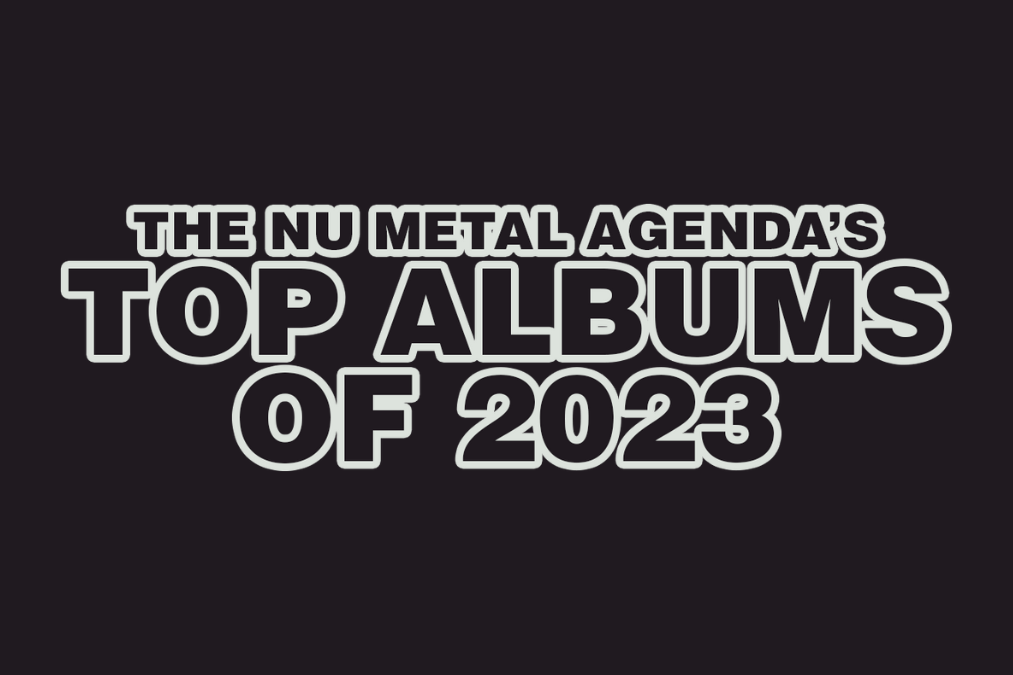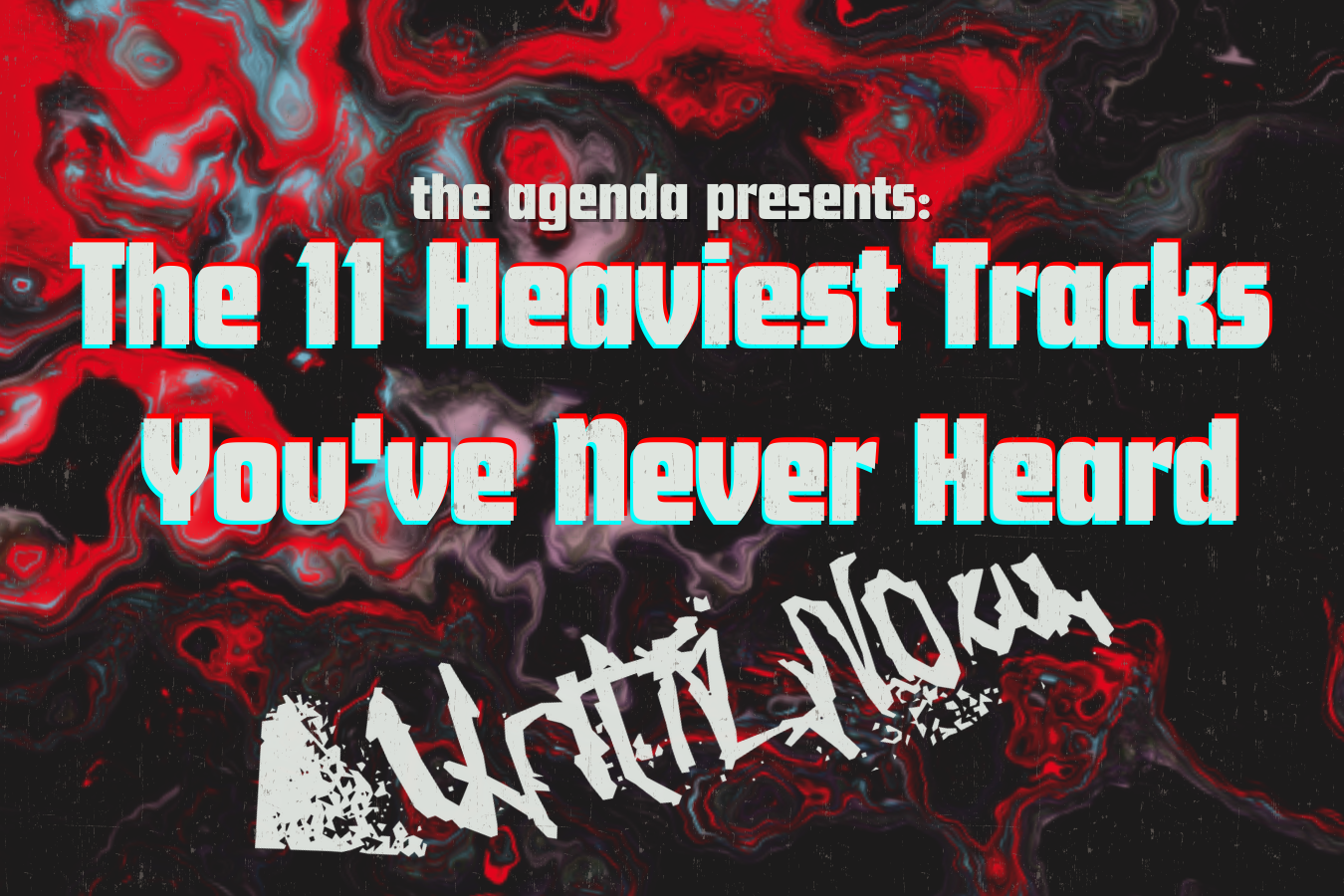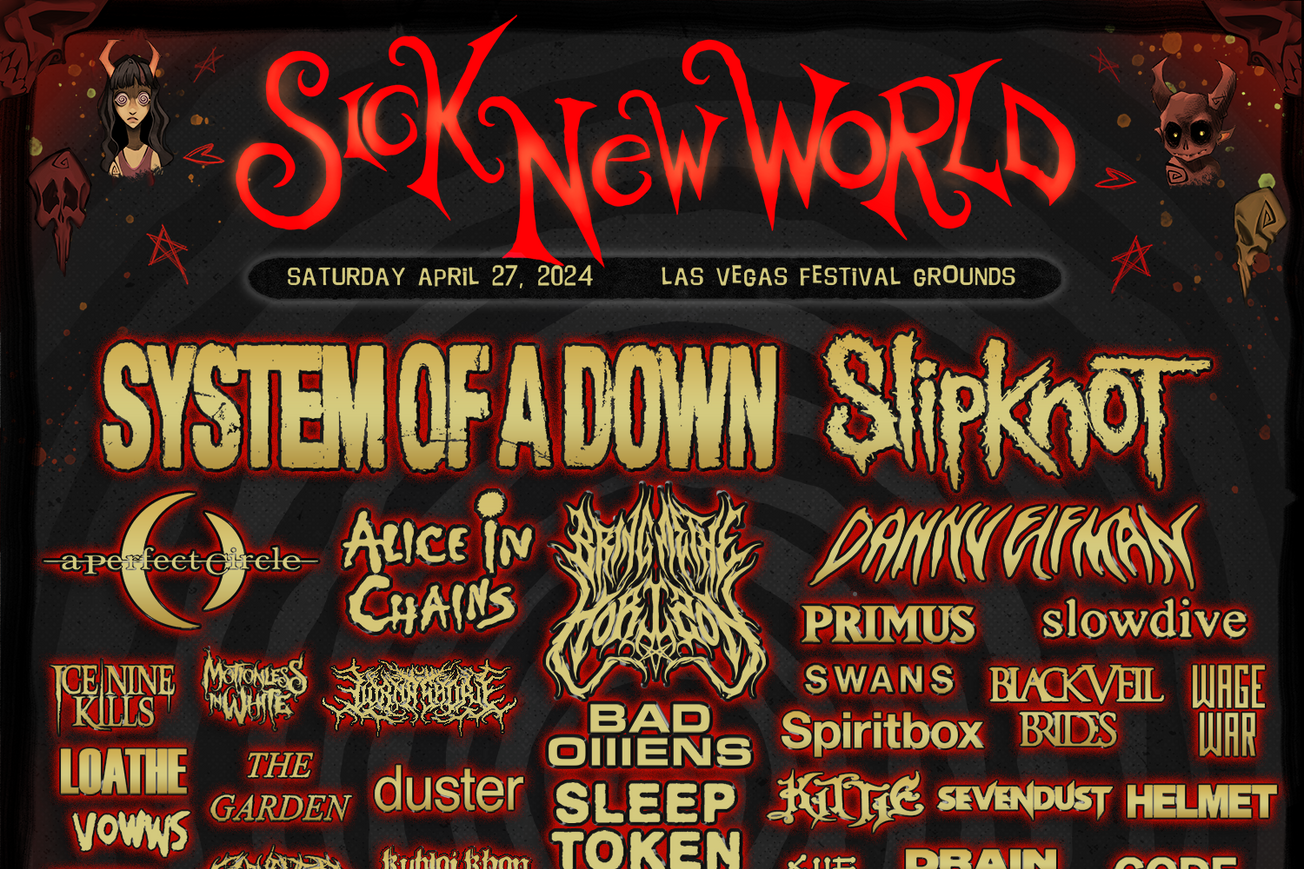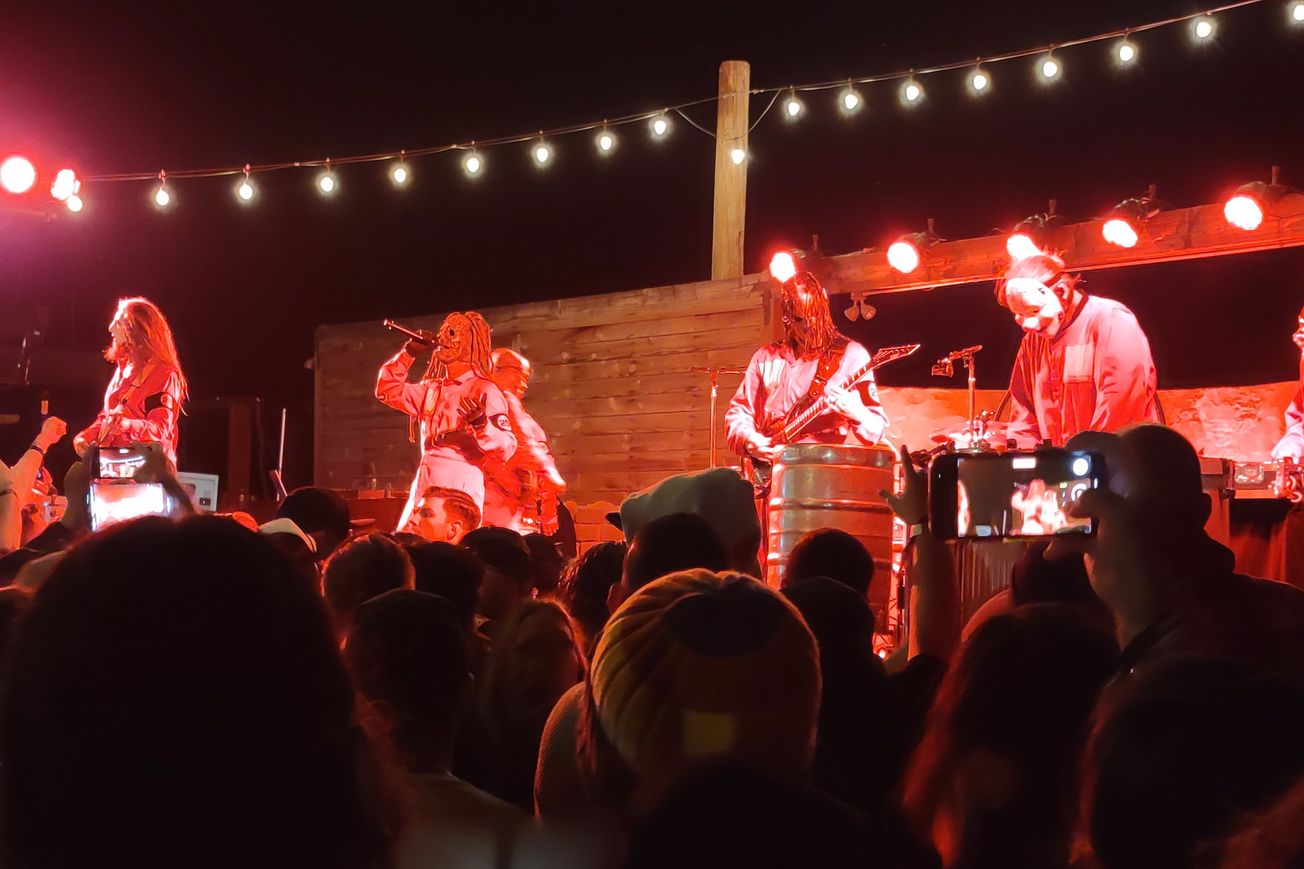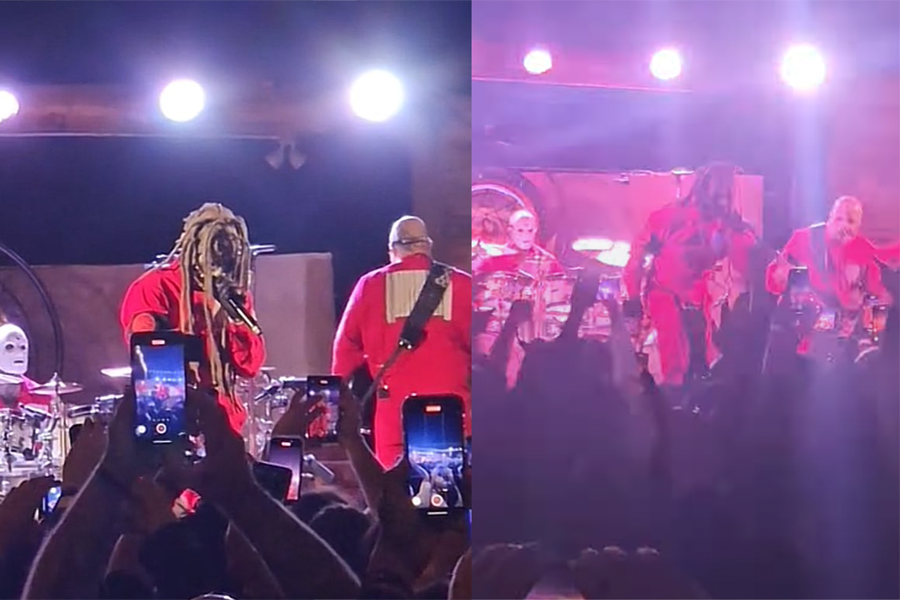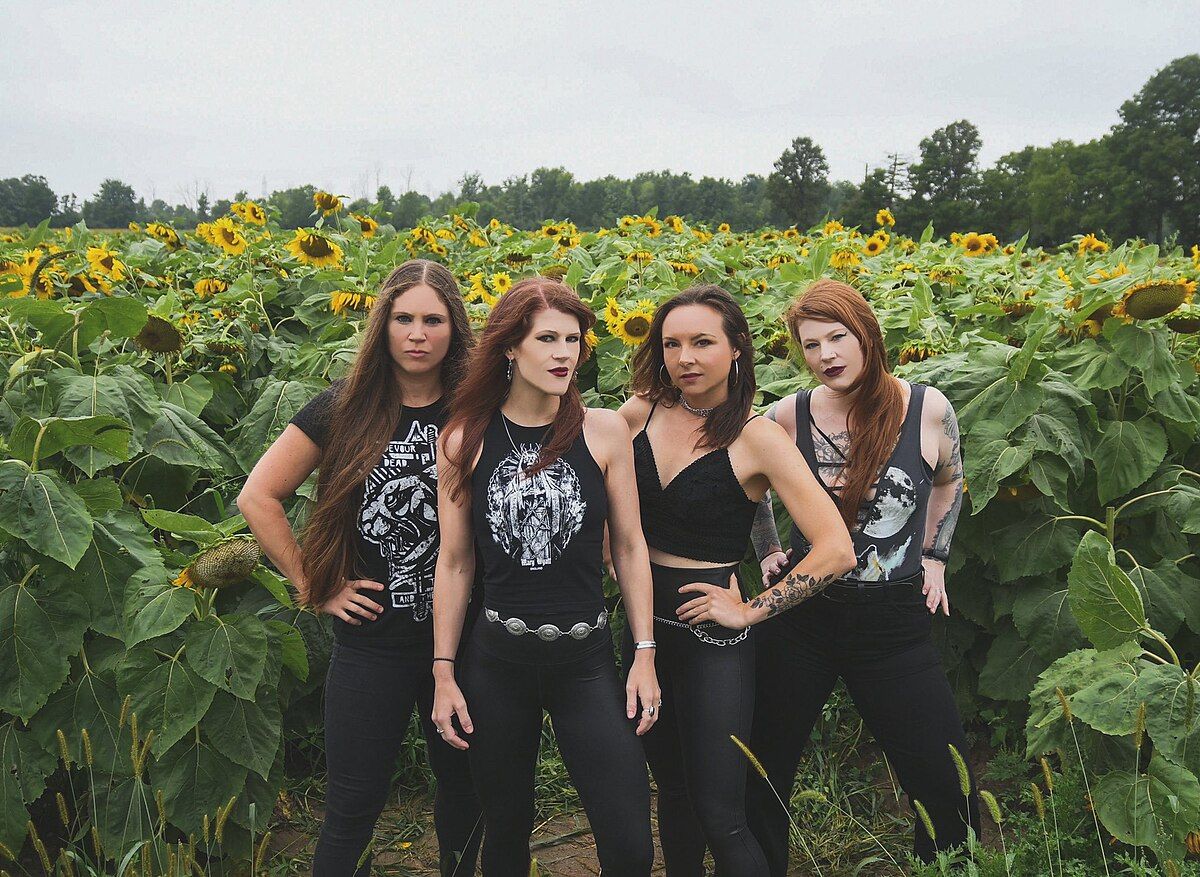In the realm of iconic metal vocalists, there are very few who transcend the borders of the genre in the ways Mike Patton has. Though his initial rise into fame was within the lineup of one of the 90s most well-known alternative bands, it was his experimentation with vocal ability, expansive ventures, and unchained artistry that elevated him from frontman to a literal legend.
With all that being said, where exactly do you start when it comes to the career of Mike Patton? What about his explorations set him apart from the rest? Why does he hate nu metal so damn much? Allow us to be your guide.
MR. BUNGLE
While most know Mike Patton from his time with Faith No More, his story begins with the eclectic Mr. Bungle, a band that I can lovingly describe as a cracked-out Primus. Formed in Eureka, California in 1985, Mr. Bungle’s sound is a bonafide, no holds barred barrage of experimental song structure and genre blending– a major departure from their origins as a death metal band. They’d release four demo tapes establishing their “funkadelic, thrashing, circus” sound before dropping their self-titled full-length album in 1990. While Patton showed a more polished, controlled style in Faith No More, with Mr. Bungle he’s doing just about everything, from rapping to shrieking and straight-up gurgling. It’s weird, it’s fun and it’s still a sight to see live now that the band is active again.
FAITH NO MORE
The project he’s most known for, Mike joined the ranks of Faith No More in 1988 with his official debut being their second album The Real Thing. Even if you haven’t heard of the band directly, most folks know their incredibly popular single “Epic”, which catapulted them into the spotlight. The success of this album found them a deal with Warner Bros. (with whom Mr. Bungle also got signed to!) and released four albums. Described primarily as a funk metal band, Faith No More also didn’t hold themselves back from trying new things, employing hardcore punk, synth pop, bossa nova, and even gospel in their works. The beauty of it all is that Mike’s voice accentuates those musical changes perfectly— he can go from a smoldering lounge singer in “Evidence” to all the power of a preacher in “Just A Man” with ease. Though they’d disband in 1998, they came back together in 2015 for one final effort, Sol Invictus.
TOMAHAWK
Following the disbandment of Faith No More, Mike established his label Ipecac Records and formed Tomahawk, a straightforward rock project comprised of members of The Jesus Lizard, Helmet, and Melvins. Their debut album appeared in 2001 and they’d go on to release three albums total before going inactive in 2008 and putting out new work in 2012, 2013, and 2021. Though their genre pool wasn’t as expansive compared to his previous projects, they described themselves as “cinematic rock”, taking heavy influence from film scores, something Mike would end up going into later in his career.
PEEPING TOM
Though their debut album was released in 2006, Peeping Tom was a project established long before then in 2000. While he was touring with a number of other artists and working on films and video games, the debut self titled came with an impressive list of collaborations— none of which involved anyone ever meeting in a studio. Collaborators included Massive Attack, Norah Jones, Dan the Automator, Kool Keith and Kid Koala, just to name a few. It’s a celebration of trip hop, experimental pop, heavy metal, and more.
THE DILLINGER ESCAPE PLAN
Throughout his career, Mike became known for his eccentric personality and tastes, as well as his disdain towards the music industry and stagnation of certain genres (in one interview with MTV he admitted he stopped listening to alternative rock during the recording of FNM’s Angel Dust, feeling the genre had become “rehashed”). So it should come as no surprise to anybody that he collaborated with legendary mathcore outfit The Dillinger Escape Plan instead of joining the supergroup Velvet Revolver. In 2002, they released the EP Irony Is A Dead Scene, where Mike employs his most unhinged vocal performance to date and provides sample work.
BJORK
As an icon known for his voice, what’s more fitting than participating on an album almost completely made with the human voice alone? That’s what Bjork’s fifth album, Medulla, set out to accomplish. Recorded between 2001 and 2004, Bjork called upon numerous artists to lend their voices to her mission with Mike’s voice being featured on the first and third tracks: “Pleasure Is All Mine” and “Where Is The Line”.
NATHANIEL MERRIWEATHER
Lovage was a project by Dan the Automator, under his “Nathaniel Merriweather” moniker, that featured collaborative work between himself, Kid Koala, Jennifer Charles, and Mike Patton. They’d go on to release a singular album, Music To Make Love to Your Old Lady By, which was… exactly that, in 2001. Though it received lukewarm reviews, it’s a sensual piece of lounge and trip-hop.
VIDEO GAMES
Flexing his vocal chops in the music studio isn’t the only thing Mike excels at. In the midst of his experimentations, he was called upon to do some voice acting work for video games, most famously 2007’s The Darkness. Based on a comic book of the same name, the game follows Jackie Estacado as he narrates his path of revenge against his uncle and his growing understanding of the demonic force that flows through his bloodline, voiced by none other than Mike himself. He’d reprise the role in The Darkness II, released in 2012. He also has a cameo as the Anger Sphere in Portal (2007), voiced a majority of the zombies in Left 4 Dead (2008), and sang the theme song for Teenage Mutant Ninja Turtles: Shredder’s Revenge (2021).
FILM
If Tomahawk was a display of how film soundtracks could be a source of inspiration, it only makes sense that Mike was supposed to go on to make his film score debut a few years later in 2005 for the independent film Pinion. Though this would end up being shelved, his film work would later see the light of day with Crank: High Voltage (2009), The Place Beyond the Pines (2012) and 1922 (2017). In 2008, he worked with Marc Streitenfeld and Serj Tankian for an original song in the film Body of Lies, “Bird’s Eye”.
“ADULT THEMES FOR VOICE”
While touring with Faith No More, Mike took it upon himself to record one of his first-ever solo ventures known as Adult Themes For Voice. Released in 1996, it was a primarily vocal-driven album with 34 tracks of straight-up noise using a Portastudio. Though it’s criticized for being “inaccessible”, it’s worth giving a listen just to hear him mimic the sounds of animals and pull off sounds that come off as something made by a real instrument. It can be inferred the inspiration came from his initial experimentations with vocals as a child, which was how he learned to sing, alongside a “little flexi-disc of mouth sounds” his parents gifted him.



